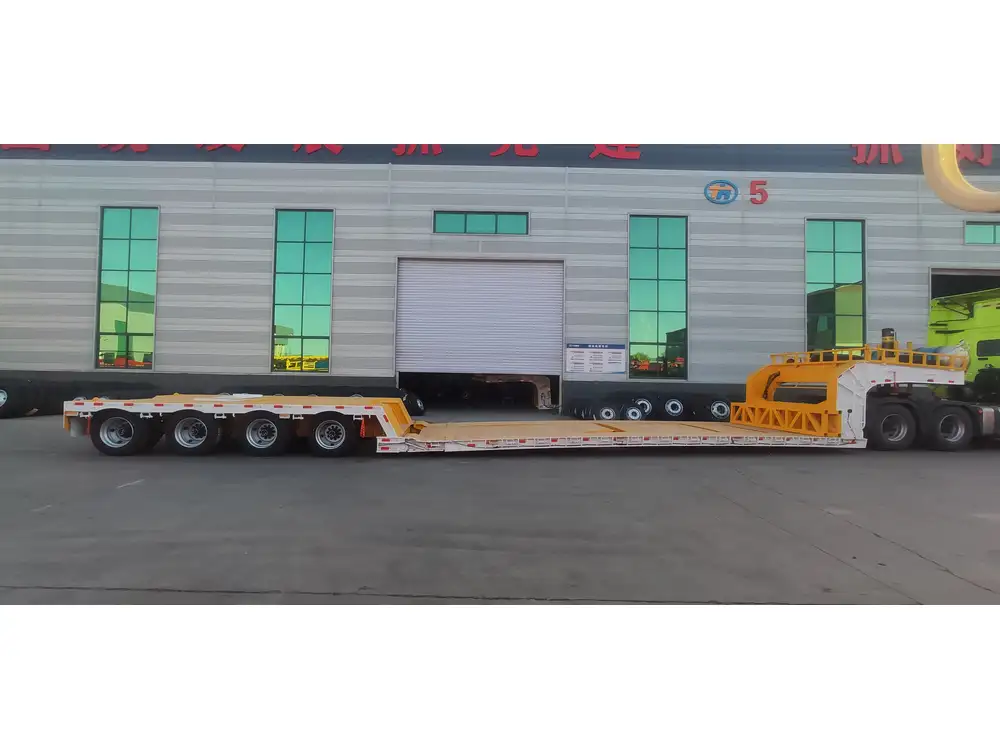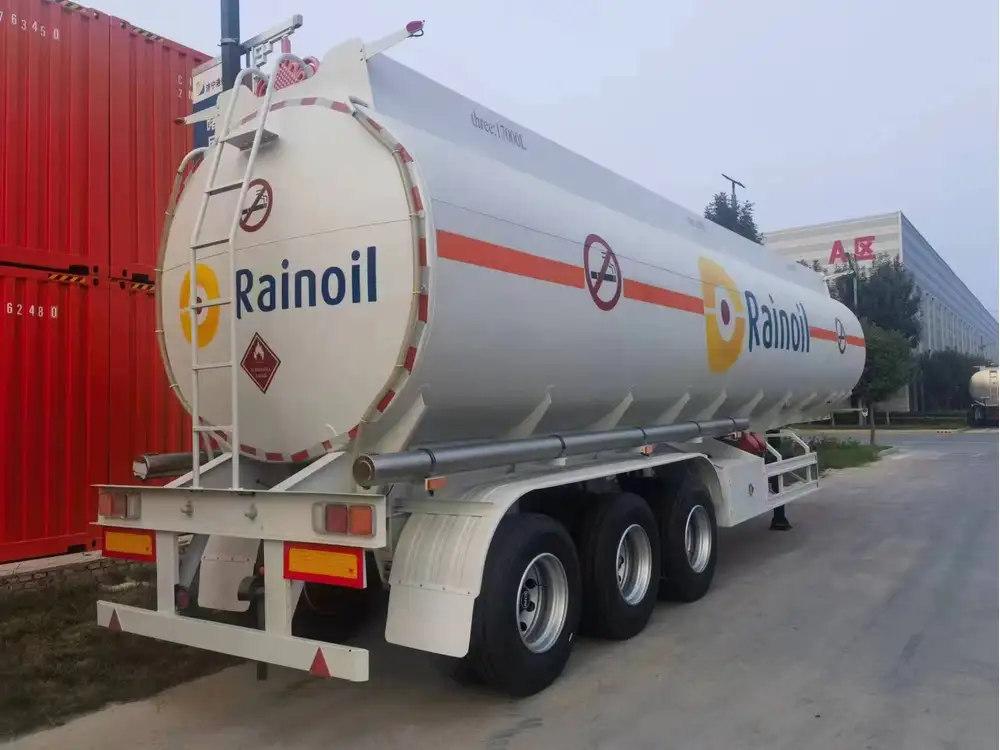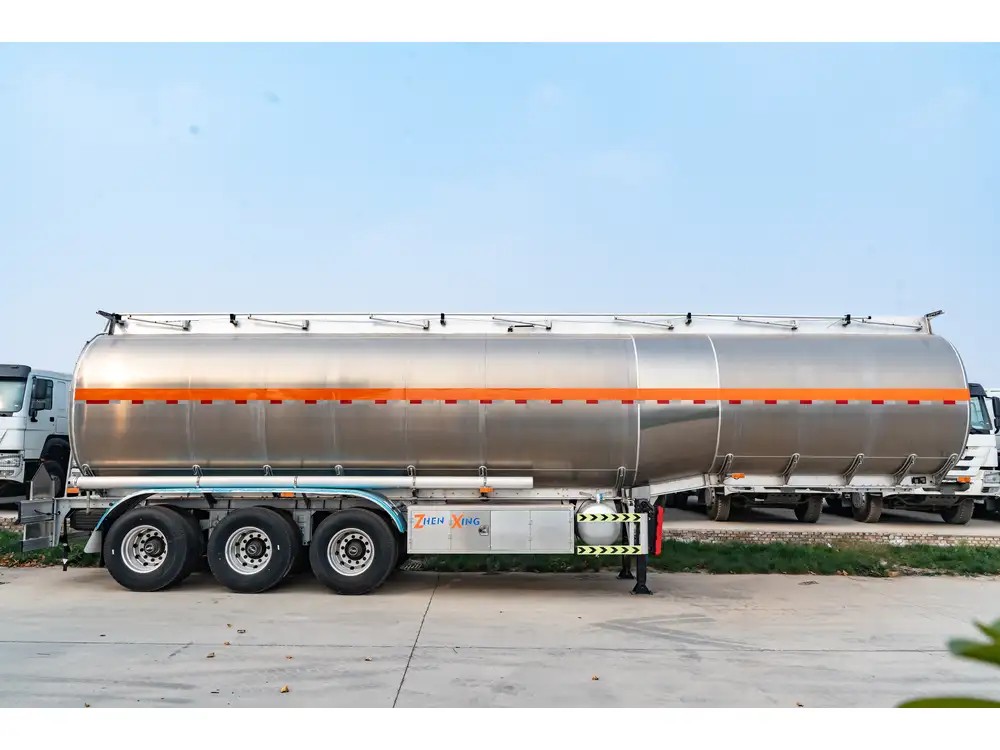Insulating a semi-trailer is an intricate process that can significantly impact temperature regulation, energy efficiency, and merchandise protection during transportation. By enhancing thermal performance, businesses can ensure their goods arrive in optimal condition while also improving overall fuel efficiency. This guide delves into practical steps, materials, and considerations required for effective insulation of semi-trailers.
Understanding the Importance of Trailer Insulation
Before initiating the insulation process, recognizing its significance is essential. Effective insulation can result in:
- Energy Savings: Properly insulated trailers can maintain desired temperatures with less energy.
- Material Protection: Insulation guards against temperature fluctuations that can damage sensitive cargo.
- Regulatory Compliance: Certain goods require specific temperature controls, and insulation is often necessary to comply with industry standards.
Benefits of Insulating Your Semi-Trailer
| Benefit | Description |
|---|---|
| Enhanced Temperature Control | Maintains cargo temperatures, reducing spoilage and waste. |
| Cost Efficiency | Lower fuel consumption due to reduced energy needs for climate control. |
| Improved Cargo Quality | Reduces risk of damage to sensitive goods, enhancing customer satisfaction. |
| Regulatory Compliance | Helps meet health and safety standards for transport of perishables. |
| Longer Trailer Lifespan | Protecting the structure from extreme temperatures prolongs its integrity. |

Step-by-Step Guide on How to Insulate a Semi-Trailer
1. Assessing Your Trailer’s Insulation Needs
Assessing the semi-trailer’s insulation requirement involves a thorough analysis of several factors:
- Type of Cargo: Determine if the cargo requires climate control (e.g., perishables vs. durable goods).
- Geographical Route: Consider temperature variations during transport.
- Duration of Transport: Longer trips require more robust insulation.
2. Choosing the Right Insulation Material
The selection of materials is crucial for optimal insulation performance. Here are some commonly used materials:

A. Fiberglass Insulation
- Pros: Good thermal properties, moisture resistance, relatively lightweight.
- Cons: Can be irritating to skin and lungs; must be carefully handled.
B. Polyurethane Foam
- Pros: Excellent insulating properties; can fill gaps and provide air sealing.
- Cons: Requires careful application to avoid overspill and uneven coverage.
C. Reflective Insulation
- Pros: Reflects radiant heat; especially effective in hot climates.
- Cons: May need to be combined with other materials for comprehensive insulation.

D. Rigid Foam Boards
- Pros: High R-value per inch, moisture-resistant, good structural support.
- Cons: More challenging to fit into irregular spaces.
E. Spray Foam Insulation
- Pros: Conforms to complex shapes; excellent air barrier properties.
- Cons: Can be more expensive; needs professional application.
3. Preparing the Trailer
Before insulation, preparation is key. Clean the interior surfaces thoroughly to ensure that insulation adheres properly. Steps include:
- Cleaning: Remove dirt, grease, and any existing insulation materials.
- Drying: Ensure surfaces are dry to avoid mold growth.
- Inspecting: Check for any damage to the trailer that should be addressed before insulation.

4. Applying Insulation
The application method depends on the chosen type of insulation material. Here’s a standard approach for each material:
Fiberglass Batts and Flexible Roll Insulation
- Cut to Fit: Measure sections and cut the insulation material accordingly.
- Install: Place insulation snugly between trailer ribs and secure with adhesive or mechanical fasteners.
Spray Foam Insulation
- Mix the Foam: Prepare the spray foam according to manufacturer instructions.
- Apply Evenly: Use a spray gun to apply the foam in a uniform layer, filling gaps efficiently.

Rigid Foam Board
- Measure and Cut: Cut the foam boards to fit each segment.
- Secure in Place: Use adhesive or special fasteners to attach the boards to walls.
5. Sealing the Insulation
Once insulation is in place, sealing all joints is essential to prevent air leaks and moisture intrusion.
- Foam Sealant: Apply foam sealant around the edges of insulation for an airtight barrier.
- Weather Stripping: Use weather stripping on doors and gaps for additional sealing.
6. Installing Vapor Barriers
Depending on cargo type and environmental factors, installing a vapor barrier may be necessary to prevent moisture buildup inside the trailer.
- Polyethylene Sheeting: Lay down sheets to create a barrier between the insulation and the interior of the trailer. Secure edges with tape.

7. Testing for Effectiveness
After insulation, it’s crucial to test the effectiveness of your installation:
- Temperature Monitoring: Use thermometers to check temperature consistency within the trailer over time.
- Visual Inspection: Inspect for potential moisture issues or air leaks.
Maintenance Tips for Insulated Semi-Trailers
- Regular Inspections: Conduct routine checks for integrity and signs of wear or moisture damage.
- Cleaning Protocols: Maintain cleanliness within the trailer to avoid mold and contaminants affecting cargo.
- Repair Damage Promptly: Address any visible damage to insulation immediately to maintain performance.
Frequently Asked Questions (FAQs)

1. How much does it cost to insulate a semi-trailer?
The cost can vary significantly based on materials used, trailer size, and labor costs. Generally, expect to spend between $1.50 to $3.00 per square foot, depending on the insulation type.
2. How long does the insulation last?
With proper care and maintenance, insulation can last for many years. Fiberglass and rigid foam boards tend to last longer, while spray foam requires periodic checks for degradation.
3. Can I insulate my trailer myself?
While DIY insulation is possible, professional installation ensures proper application and efficiency. If you opt to do it yourself, follow safety protocols and manufacturer guidelines carefully.

Conclusion
Insulating a semi-trailer is a multifaceted process filled with critical considerations and techniques. With careful planning, selection of the right materials, and skilled application, one can greatly enhance the trailer’s thermal efficiency, preserve cargo integrity, and provide a significant return on investment. By embracing these strategies, manufacturers can safeguard their products, comply with regulations, and improve overall transport logistics.
This comprehensive guide serves not only as a technical resource but also as a strategic tool for enhancing the performance and value of semi-trailers through insulation. Adopting these practices could mean the difference in maintaining temperature-sensitive cargo and achieving operational excellence.



